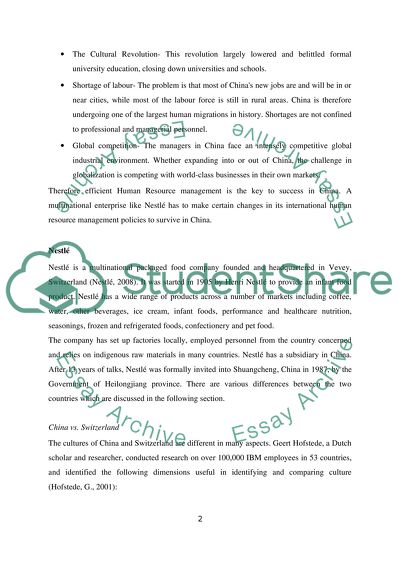Cite this document
(“China and international human resource management of Nestl Essay”, n.d.)
China and international human resource management of Nestl Essay. Retrieved from https://studentshare.org/human-resources/1529535-china-and-international-human-resource-management-of-nestl
China and international human resource management of Nestl Essay. Retrieved from https://studentshare.org/human-resources/1529535-china-and-international-human-resource-management-of-nestl
(China and International Human Resource Management of Nestl Essay)
China and International Human Resource Management of Nestl Essay. https://studentshare.org/human-resources/1529535-china-and-international-human-resource-management-of-nestl.
China and International Human Resource Management of Nestl Essay. https://studentshare.org/human-resources/1529535-china-and-international-human-resource-management-of-nestl.
“China and International Human Resource Management of Nestl Essay”, n.d. https://studentshare.org/human-resources/1529535-china-and-international-human-resource-management-of-nestl.


